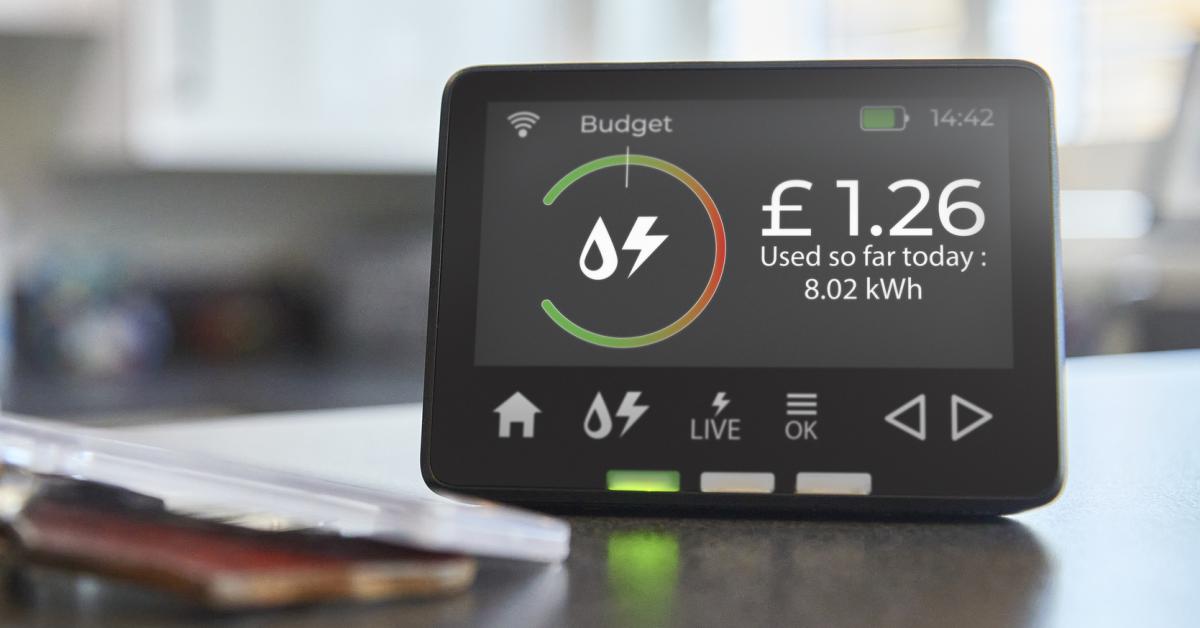

Is your energy meter changing?
The Government has confirmed that Radio Teleswitch Service (RTS) meters will not be switched off nationwide all at once. Instead, the phase-out will be gradual, starting today - 30 June. This means there is no immediate risk of disruption to your heating or hot water if you have an RTS meter.
How do I know if I am affected?
If your property has an RTS meter, the energy supplier should be in contact if your area is selected for the phase-out.
Once the RTS meter is switched off, the heating and hot water may stop working properly, or the energy usage might not be measured accurately, potentially leading to incorrect charges.
To avoid disruption, the RTS meter may need to be replaced with a smart meter. With an increasing focus on energy efficiency, and the potential for smart meters to influence EPC (Energy Performance Certificate) ratings, landlords, tenants, and property owners need to understand how smart meters operate. Here’s what you need to know.
Are smart meters mandatory?
No. Although the UK Government aims to see smart meters installed in 80% of homes by the end of 2025, they are not compulsory. Your energy supplier may contact you about installing one, but you can decline if you prefer not to have it.
Can my tenants install a smart meter?
Yes. If your tenants are responsible for paying the energy bills, they have the right to choose a smart meter. However, many tenancy agreements, including the NRLA tenancy agreement, include a clause requiring tenants to obtain the landlord’s written permission before altering the meter.
How much does it cost to install a smart meter?
There is no upfront cost for installing a smart meter. The meter and the in-home display are covered through the energy bills.
What happens if the tenant changes supplier?
This depends on the type of smart meter installed. The first-generation smart meters (SMETS1) were not universally compatible with all energy suppliers. If a tenant with an SMETS1 meter switches supplier, the features may stop working, requiring manual meter readings again.
The second-generation smart meters (SMETS2), by contrast, are designed to work seamlessly across different suppliers. Before arranging a smart meter installation, it’s worth confirming that it will be a SMETS2 meter.
Can I require a tenant to remove a smart meter at the end of their tenancy?
Some tenancy agreements do allow landlords to request that a tenant return the property to its original condition, including removing a smart meter. However, unless there’s a good reason (such as technical incompatibility or issues with the meter’s functionality), it’s increasingly complex to justify replacing a smart meter, particularly a SMETS2 model.
As smart meters are now the default option when replacing old meters, you should consider whether it’s necessary to remove one.
Staying ahead of the curve
As the Government continues to tighten energy efficiency regulations, technologies like smart meters will likely play a greater role, not just in reducing bills but also in shaping EPC ratings and compliance with MEES.
More information:
-
To know more about the latest government proposals, click here.
-
For more information on how to prepare for the changes up ahead click here.
-
For more information about energy efficiency, visit our page here.
-
If you’re interested in retrofitting your home, take a look at our partner here.
